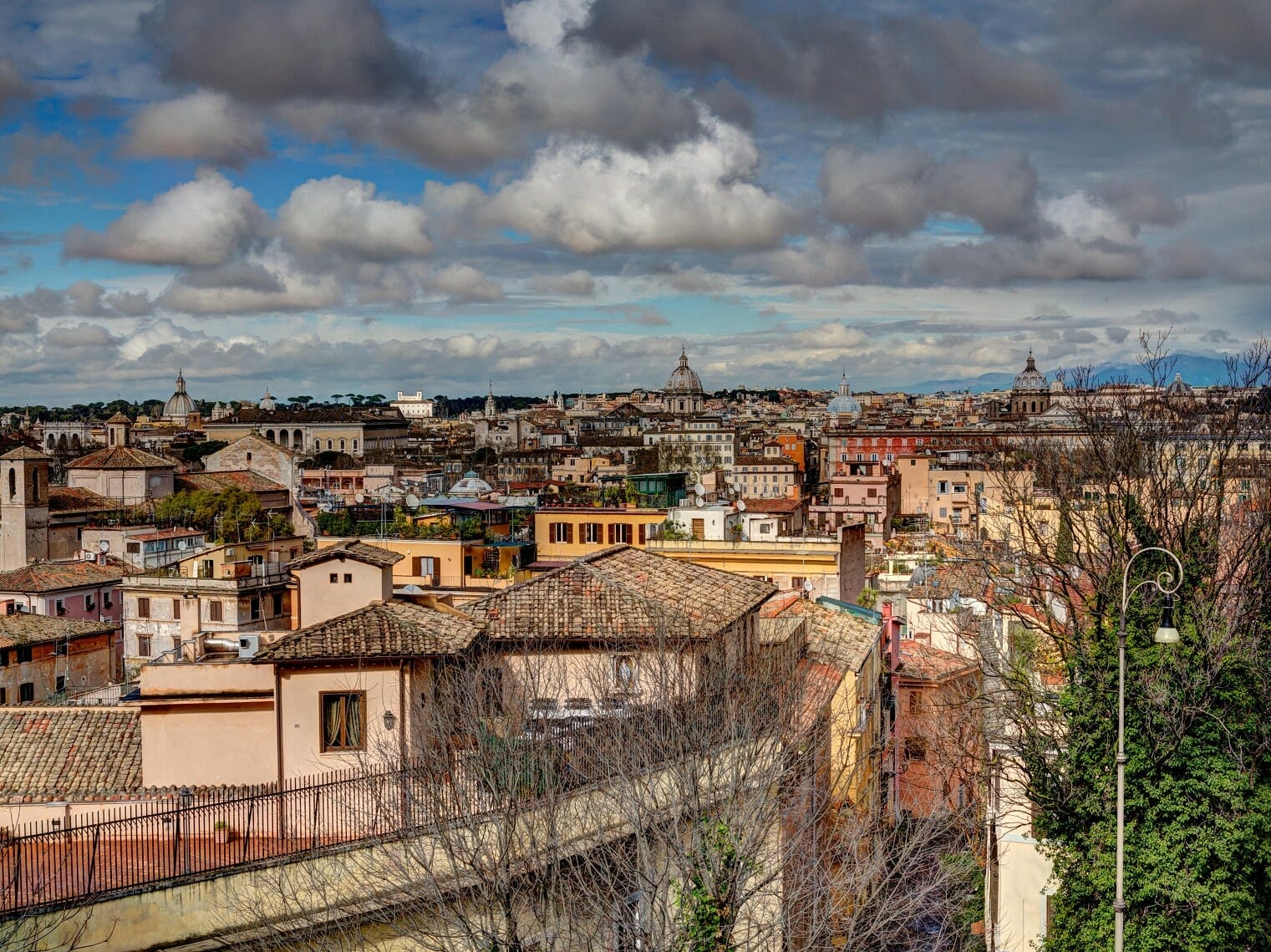
3 days in Rome : the best itinerary to visit Rome as a whole
Rome wasn’t built in a day. Likewise, you cannot expect to explore the best of Rome in a day. At least 3 days in Rome are necessary to properly take in the highlights of the city. To help you make the best of your time in the Eternal City, we’ve put together a 3-day Rome itinerary which will give you ample time to visit the top attractions and experience the general vibe.
Our 3-day Rome itinerary is especially aimed at first-time visitors or even second-time visitors who only touched the surface during their first visit.
Contents
- 1 Rome itinerary in 3 days : Day one
- 2 Our free guide to Rome adapted for mobile phone
- 2.1 Head on top of Spanish Steps
- 2.2 Trinita dei Monti Church
- 2.3 Piazza del Popolo
- 2.4 Bottom of Spanish Steps
- 2.5 Window shopping at Via Condotti
- 2.6 Visit Rome Pantheon
- 2.7 Break for quick lunch
- 2.8 Take pictures at Piazza Navona
- 2.9 Visit Campo dei Fiori
- 2.10 Largo Argentina Ruins
- 2.11 Throw a coin in Trevi Fountain
- 3 Rome itinerary 3 days : Day two
- 4 Rome itinerary 3 days : Day three
- 5 Conclusion to plan your 3 days in Rome Itinerary
Rome itinerary in 3 days : Day one
To get a general feel for the city and its historic and archaeological importance, we highly recommend starting your 3 days in Rome by exploring the historic centre on foot. Most attractions on this first day are free to visit.
Taking a self-guided walking tour where you decide where to spend more or less time, or when to break for lunch, is the best way to explore Rome on your first day. However, using a hop-on-hop-off Rome bus (buy your ticket here) is also an option if you want to give your legs a rest in between.
Or you could opt for a 3-day public transport pass that will cover you for all 3 days in Rome. And with this pass, you'll get a free one-way transfer to Rome Central Station from Ciampino airport.
Another (maybe even better) option is to save time and avoid the hassle of navigating public transportation or finding a taxi by booking an airport transfer that an Online Travel Card offers. It's worth checking out before you go any further.
Here is our list of places to see on your first day itinerary in Rome:
Our free guide to Rome adapted for mobile phone
Head on top of Spanish Steps
After grabbing a typical Roman breakfast of coffee and cornetto, it’s time to head to the top of the Spanish Steps. Since this is a popular gathering place for tour groups, we recommend getting here before 09:00.
The 135 steps which connect the Piazza di Spagna (at the bottom) with the Piazza Trinita dei Monti were built between 1723 and 1725. They are simply called the Spanish Steps after the likenamed square in front of the Spanish Embassy.
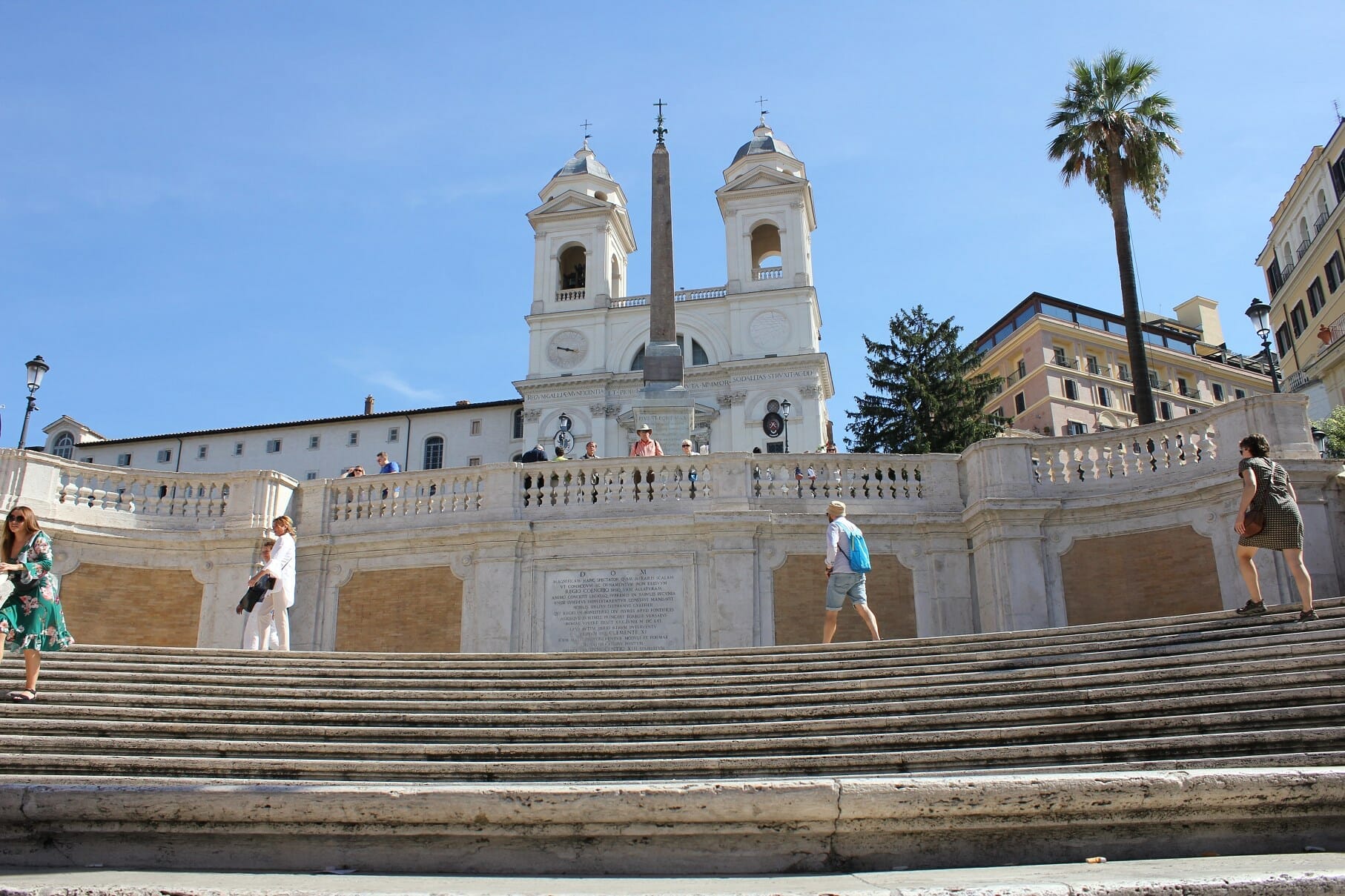
Trinita dei Monti Church
While you’re taking in the early-morning views, also make time to pop into the Trinita dei Monti church whose twin towers dominate the skyline at the top of the stairs. The construction of the church started under Louis XII of France in 1502. However, it wasn’t consecrated until 1585 and therefore incorporates many different styles.
Entry is free. The opening hours are as follow:
Tuesday to Thursday: 10:15 – 20:00
Friday: 12:00 – 21:00
Saturday: 09:15 – 21:00
Sunday: 09:00 – 20:00
Take note: No visits are allowed when mass is celebrated although you may participate if you want to.
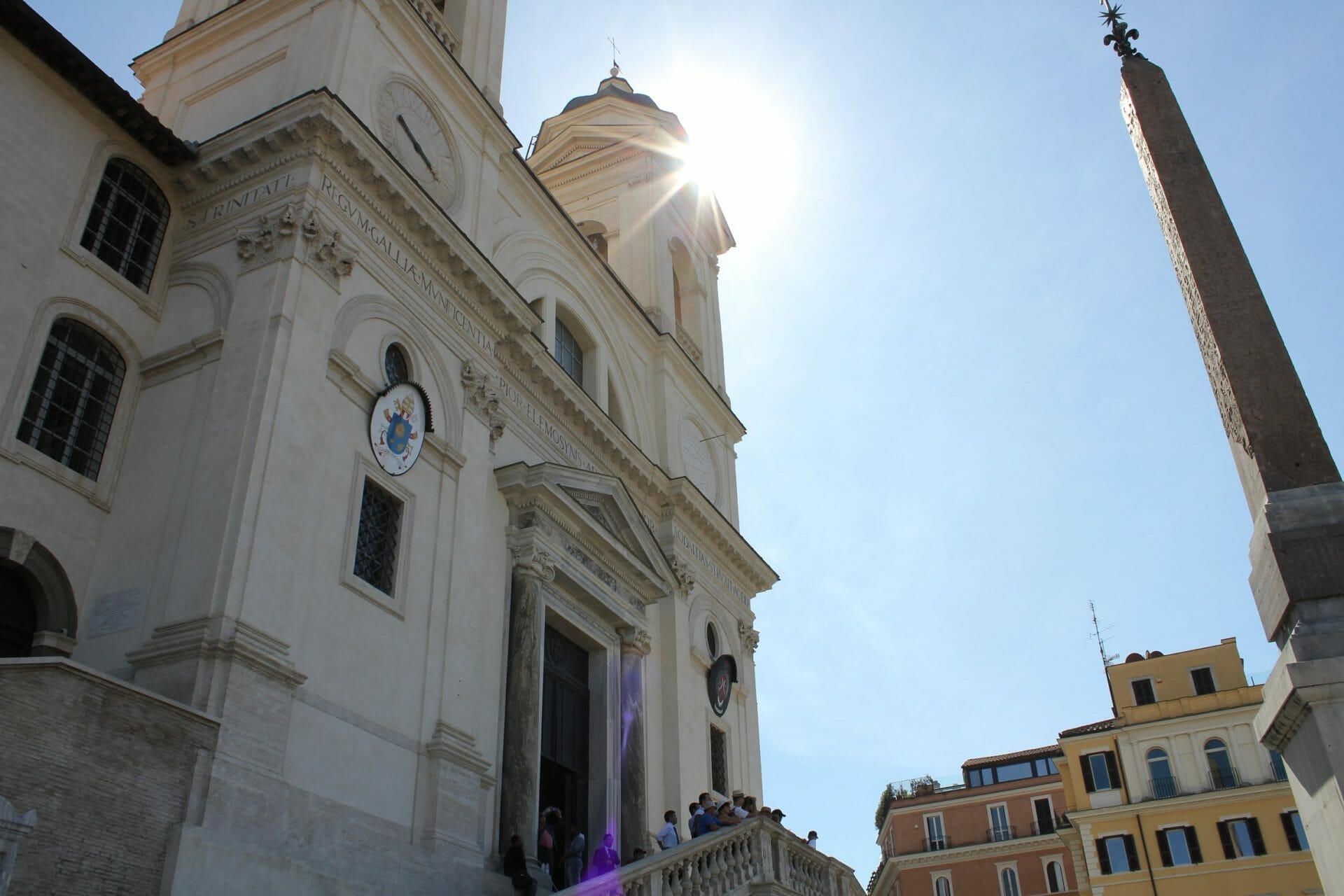
Piazza del Popolo
From the Trinita dei Monti Church, make your way to the Piazza del Popolo via the Pincion hill (for a rooftop view of Rome).
Piazza del Popolo features an Egyptian obelisk in the centre which was bought back from Egypt by Emperor Augustus in 10 BC. If you're curious about these architectural marvels, I'd suggest reading our Obelisks in Rome guide.
You’ll find the Santa Maria del Popolo church, featuring art by Raphael, Bernini, and Caravaggio, at the edge of the square. Admission is free and opening hours as follow: 7:00 – 12:00 and 16:00 – 19:00 Mon-Sat, and 8:00 – 19:30 Sun.
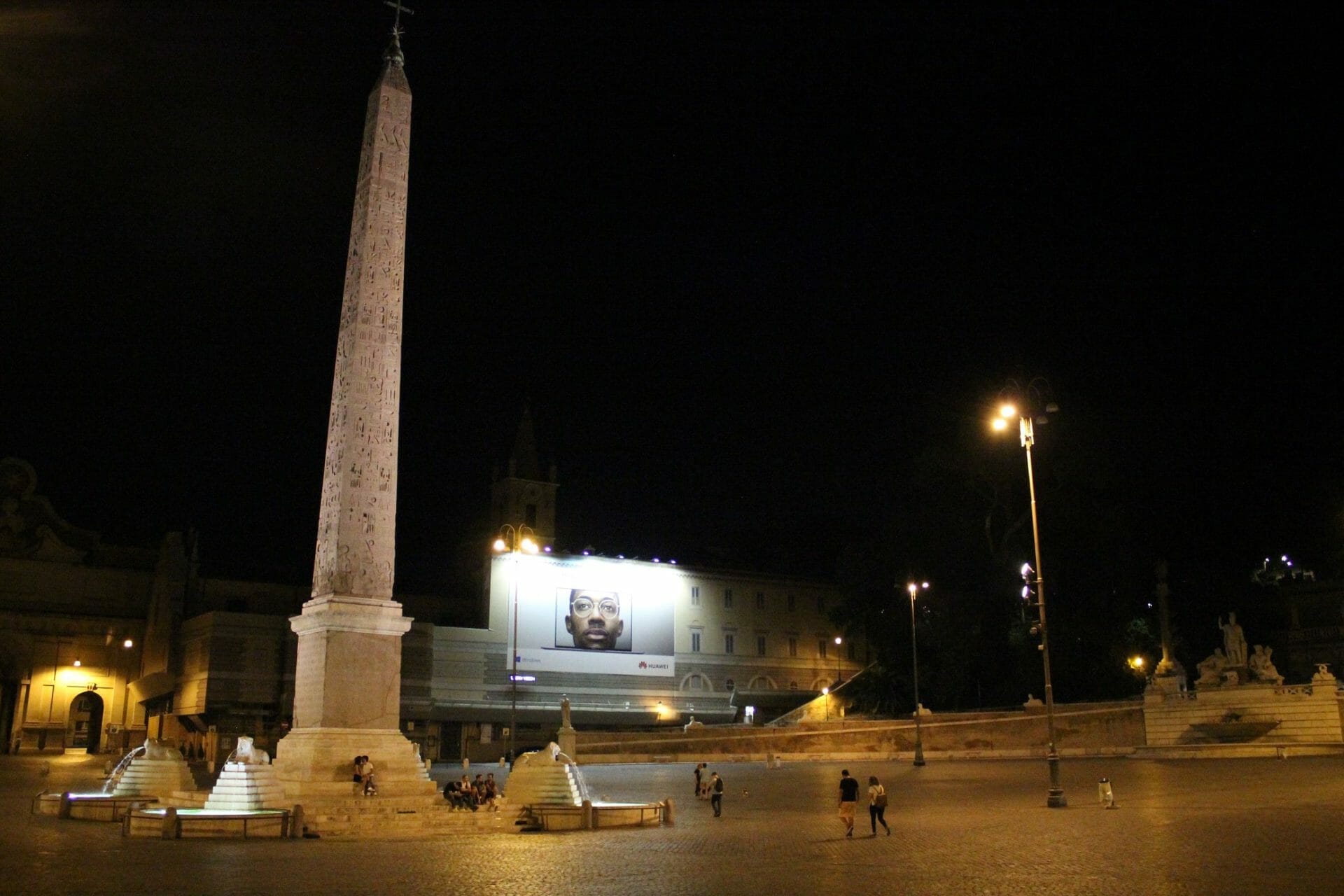
Bottom of Spanish Steps
From the Piazza del Popolo, it’s back to the Spanish Steps. This time, walk to the bottom and just soak in the atmosphere looking up and around the square. via the Pincion hill (for a rooftop view of Rome).
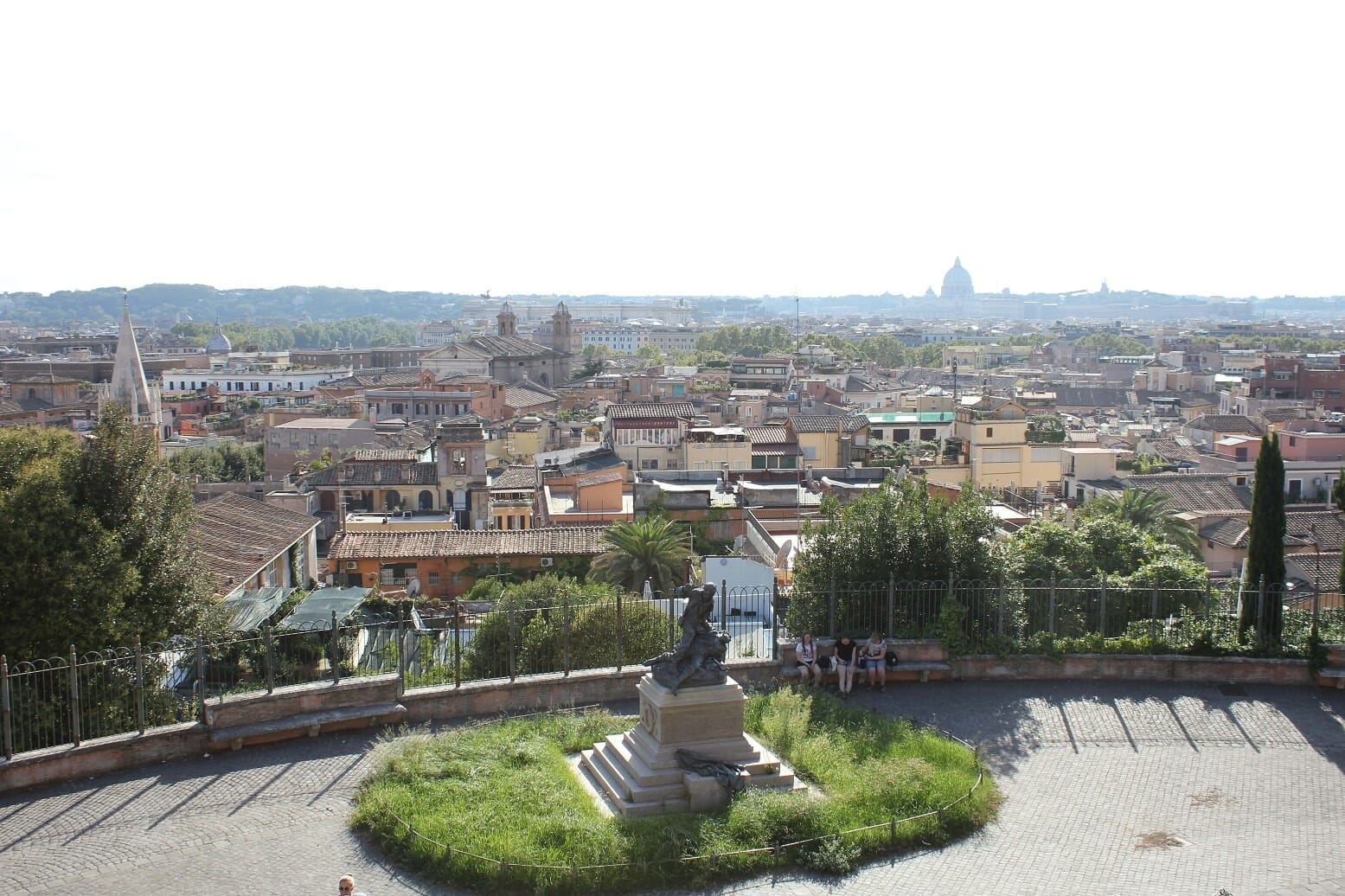
Window shopping at Via Condotti
The Via Condotti, the street directly in line with the Spanish Steps, is also Rome’s most “fashionable” street. It’s filled with shops by all the famous Italian and fashion designers and brands.
Even if you’re only window-shopping, walking down Via Condotti is an interesting way to get to your next stop: The Pantheon.
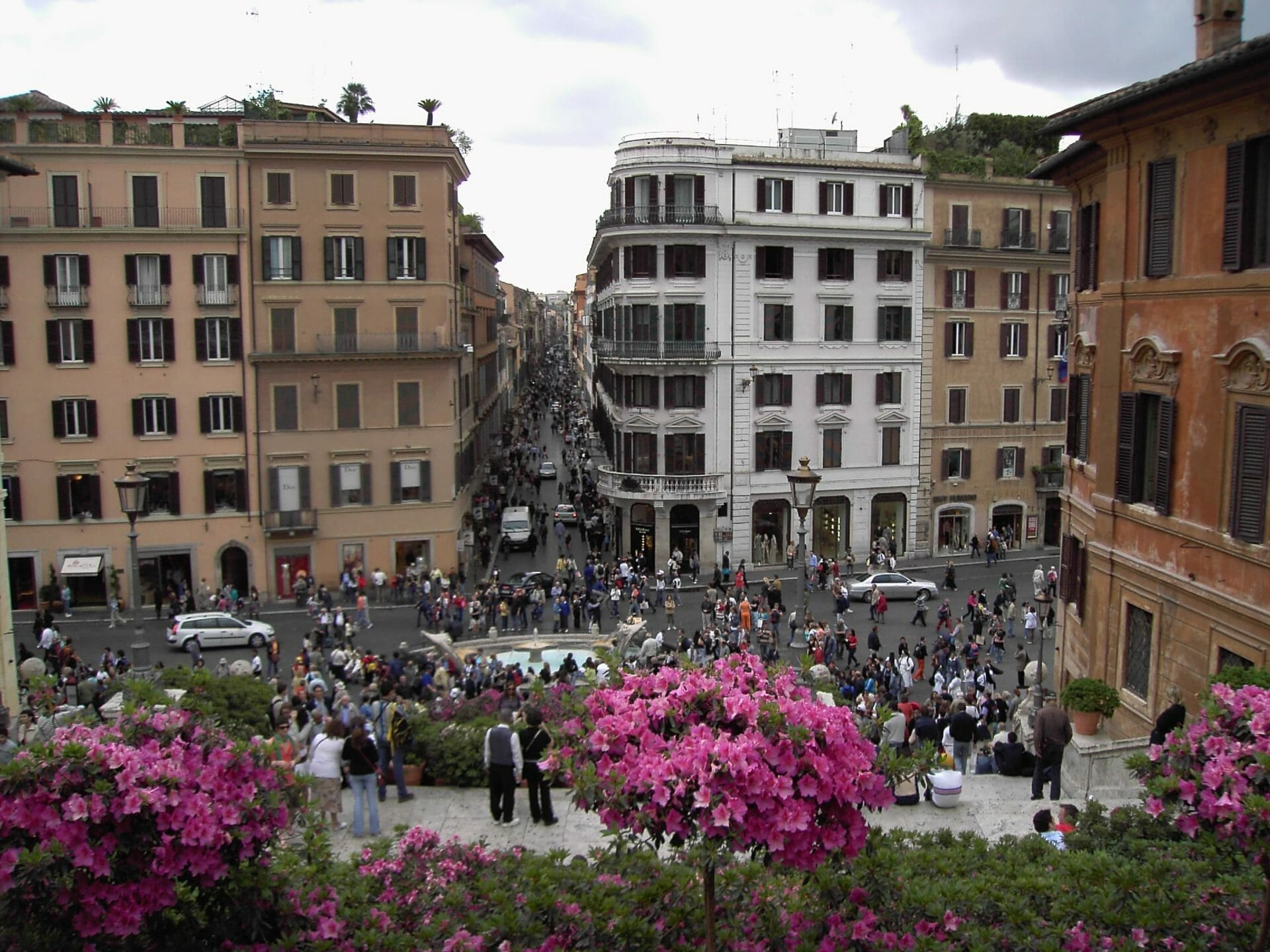
Visit Rome Pantheon
Perhaps Rome’s most popular free attraction, the Pantheon leaves all its visitors in awe.You can grab an English audio guide in advance here.
This archaeological wonder which was originally built around 120 to worship the Roman gods and later turned into a Catholic church. After 2,000 years, the Pantheon still has the largest unreinforced concrete dome in the world.

Break for quick lunch
The Pantheon draws thousands of visitors, but they generally move in and out quite quickly. If you do arrive at a particularly busy period, this may be a good time to grab a bite to eat and drink on the Piazza della Rotonda where the Pantheon is located.
Depending on your budget, you can either sit down or find a takeaway to enjoy while soaking in the atmosphere on the square.
Tip: The Antica Salumeria restaurant on Piazza della Rotonda is loved by locals and tourists alike.
After leaving the Pantheon, make your way to Piazza Navona, where two fountains designed by Bernini and the church of Sant’Agnese in Agone will convince you that this one of Rome’s most beautiful squares.
Tip: If you love visiting old churches, look out for Santa Maria Sopra Minerva and San Luigi dei Francesi near the Pantheon and Piazzo Navona. The first is the only Gothic church in Rome and home to a statue of Christ the Redeemer by Michelangelo. The second has a chapel with paintings depicting the life of St Matthew by Caravaggio.
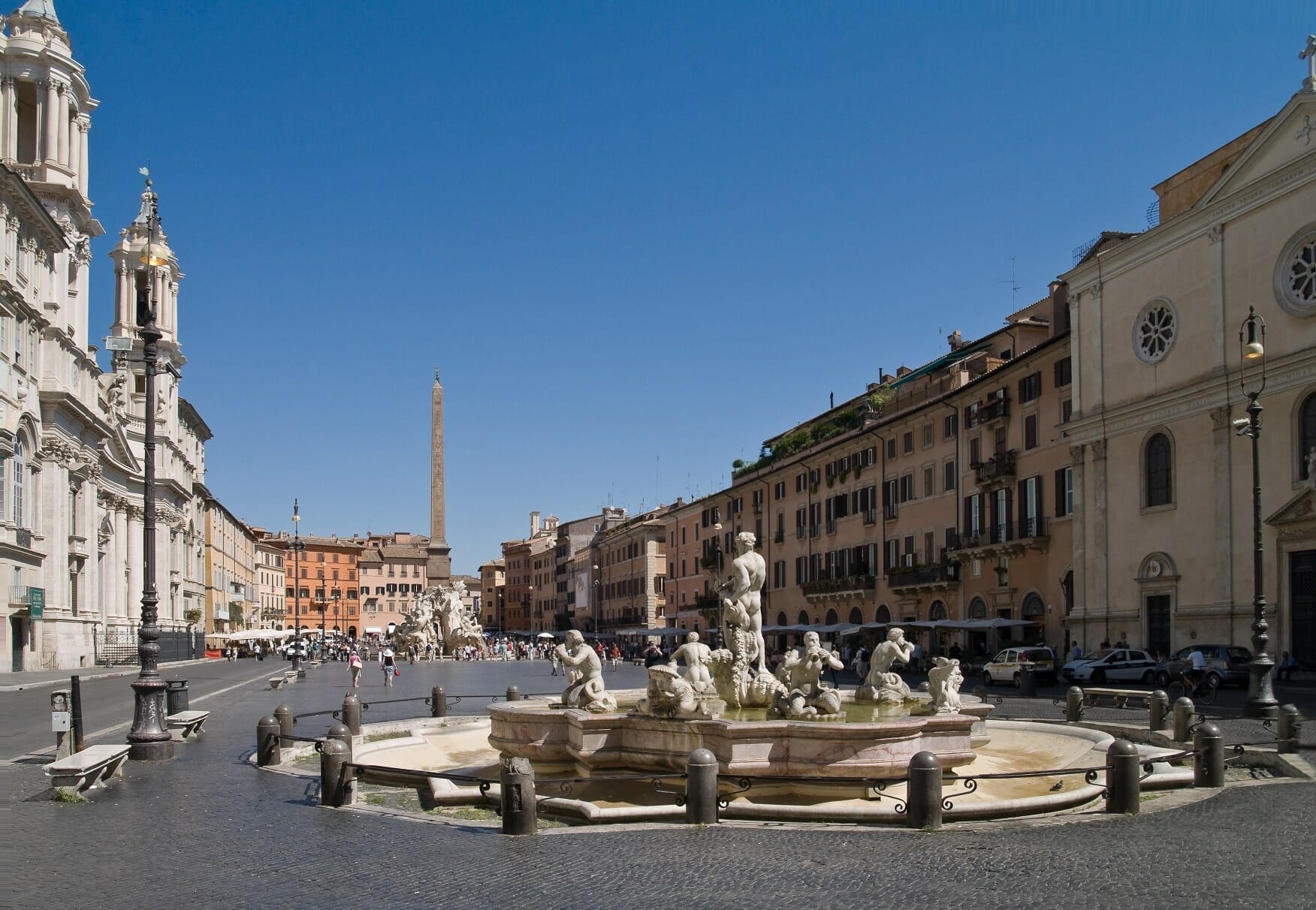
Visit Campo dei Fiori
Another pretty square and a good spot for lunch if you can forget that public executions used to take place here. In fact, the statue in the middle of Campo dei Fiori is in honor of Giordano Bruno. He is a philosopher who was burnt on the stake for heresy (propagating that the earth went around the sun) and later exonerated.
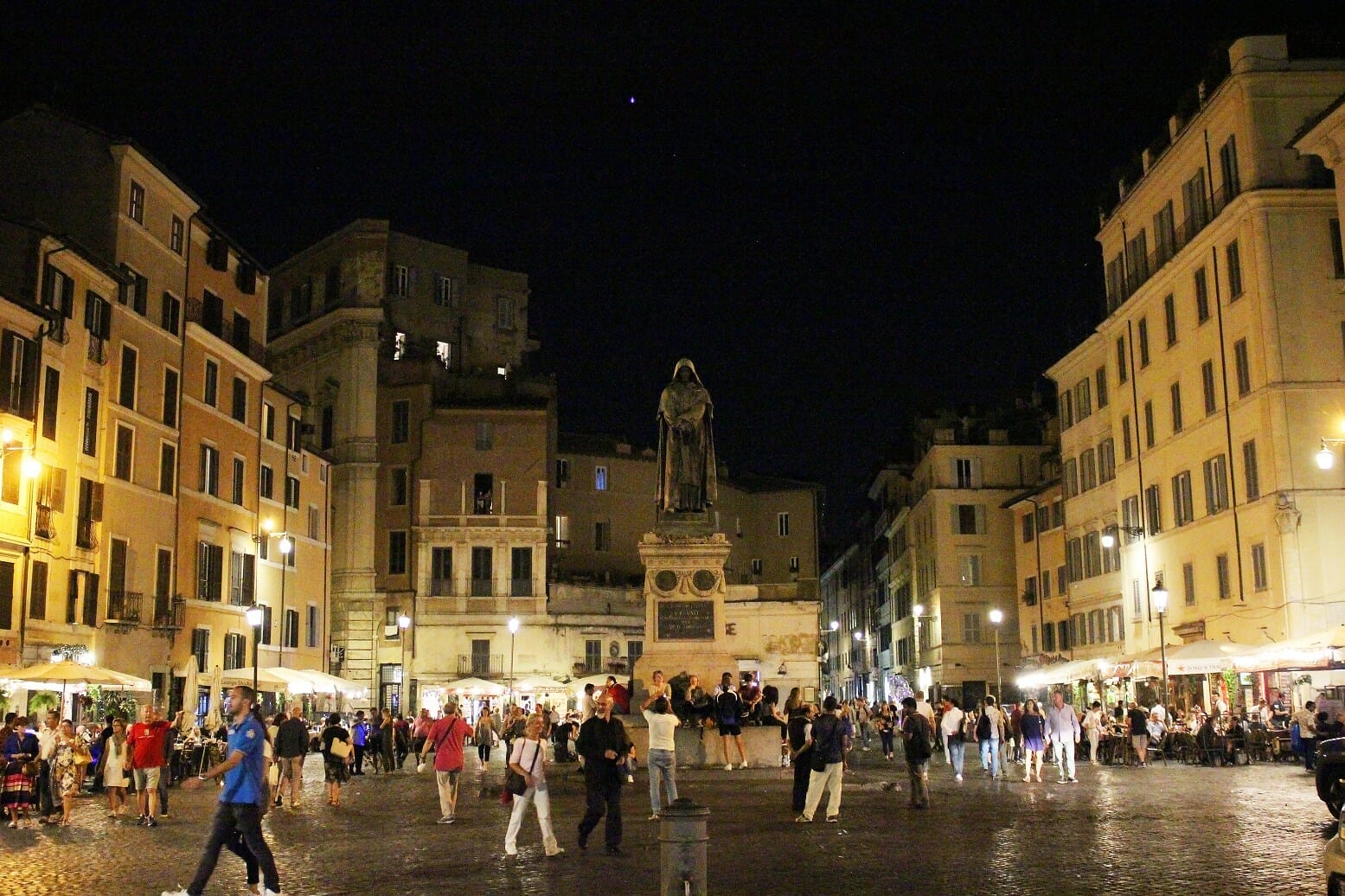
Largo Argentina Ruins
Largo Argentina is ruins where you will learn something interesting about historic as well as modern Rome. The place where Julius Ceasar was assassinated today acts as a refuge for Rome’s street cats. The animals are fed and cared for here in a city-sanctioned cat sanctuary.
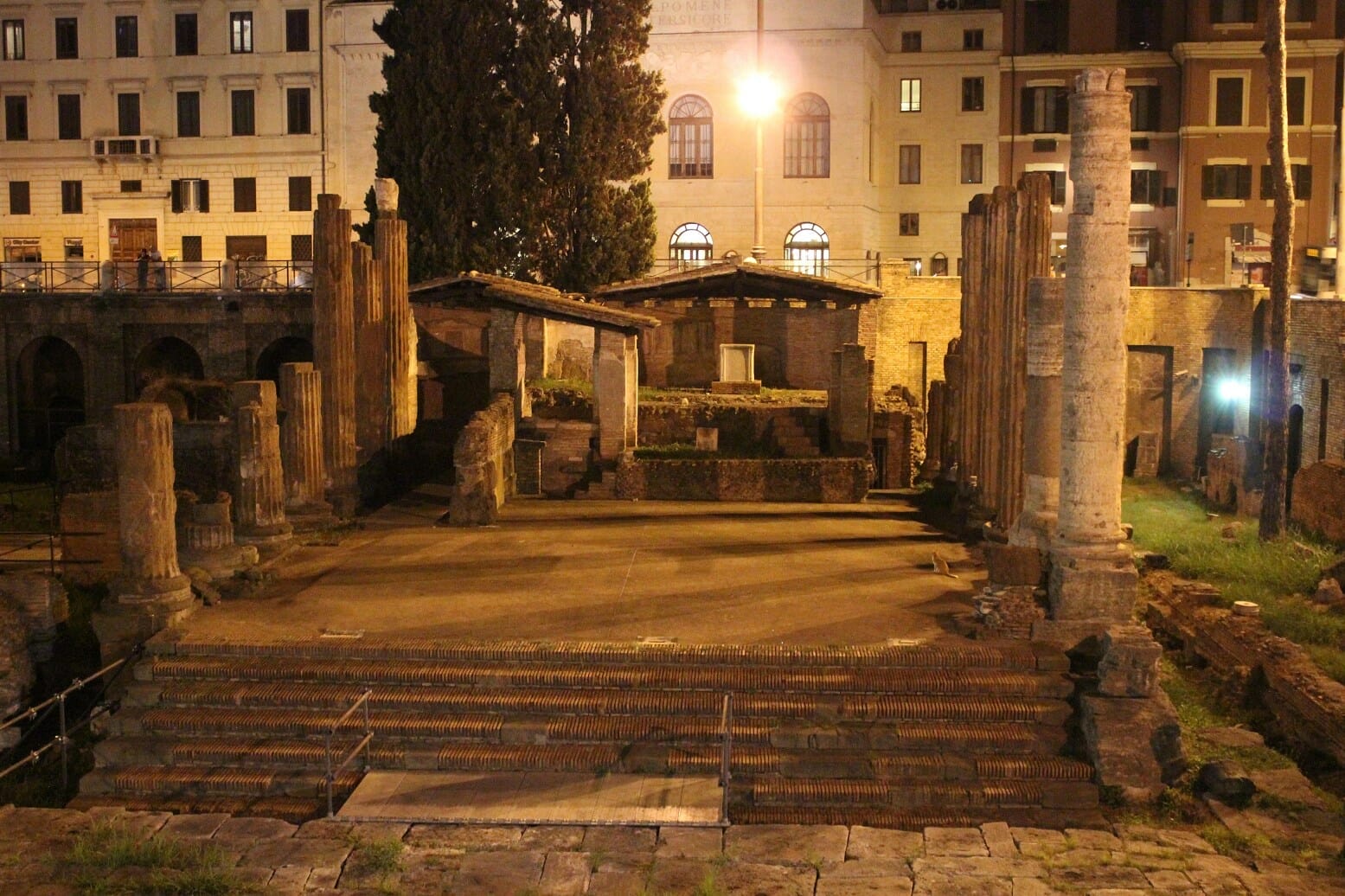
Throw a coin in Trevi Fountain
End the first of your 3 days in Rome on a high note. By now, it should be later afternoon or early evening and the perfect time to throw a coin into the Trevi Fountain. It’s Rome’s biggest and arguably most beautiful fountain. Read on our article on Trevi Fountain facts if you want to know why people are throwing coins in!
Guess what? By the end of this first day of your 3-day Rome itinerary, you’re almost back at the Spanish Steps where you started the day. It’s only a 10-minute walk away.
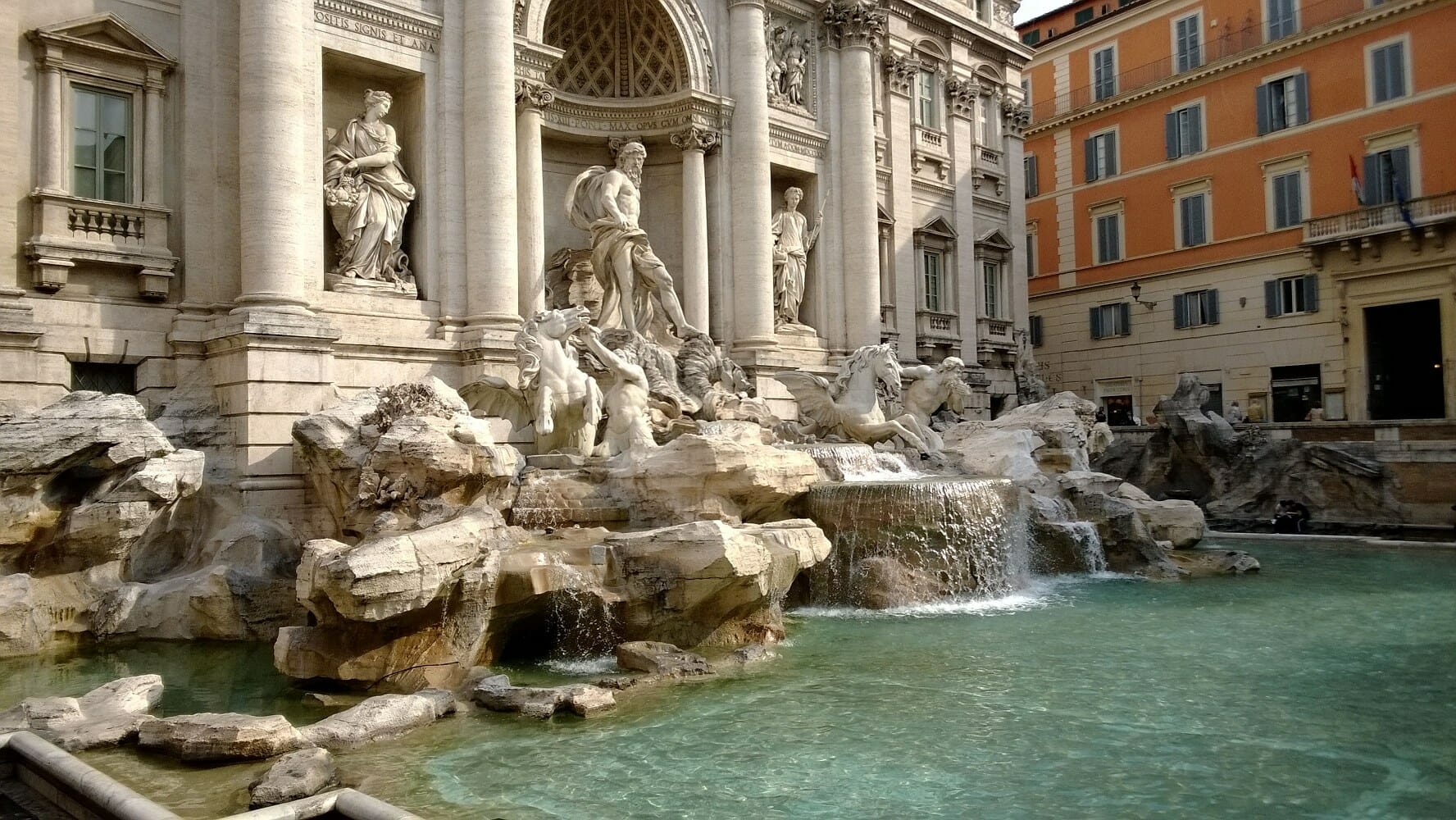
Rome itinerary 3 days : Day two
Visiting Rome in 3 days without visiting Vatican City is unheard of.
From a day of leisurely exploring Rome’s historic center at your own pace, we move on to a more organized experience when visiting the Vatican Museums, Sistine Chapel, and St Peter’s Basilica.
You can get the skip the line tickets on this website.
Visit Vatican Museums with the Sistine Chapel
With millions of visitors flowing through the gates of Vatican City each year, this is one excursion you don’t want to leave unplanned. If you do your planning well, you’ll know that visiting either first thing in the morning or the last thing in the evening are the best times to visit the Vatican Museums.
For our 3-day Rome itinerary, we recommend going first thing in the morning.
The Vatican Museums open at 09:00. By being proactive and buying skip the line tickets in advance. You can ensure you’ll be among the first people entering.
Better still, book early entrance Vatican tickets with breakfast, which allows you to start your visit as early as 7:00.
The Museums contain an enormous amount of art in different galleries. You’ll be walking around 7 km from start to end. All that walking is more than worthwhile when you reach the famous Sistine Chapel at the end of your Vatican visit.
Unfortunately, no photography and no sitting are allowed in the Sistine Chapel. This is partly due to an effort to fit more people in and to get them to move on more quickly. But you will have at least a few minutes to stare up at Michelangelo’s exquisite ceiling painting dedicated to the history of mankind before the coming of Christ.
For the most rewarding Vatican visit, a Vatican guided tour is a good idea. This way, you’ll learn all the interesting facts in a shorter time and move around the museums more efficiently.
Depending on how interested you are in the different art exhibitions, you can easily spend 2 to 3 hours in the Vatican Museums. By then, it will be close to lunchtime. If you didn’t bring anything along, you’ll find lunch spots in the streets around St Peter’s Square.
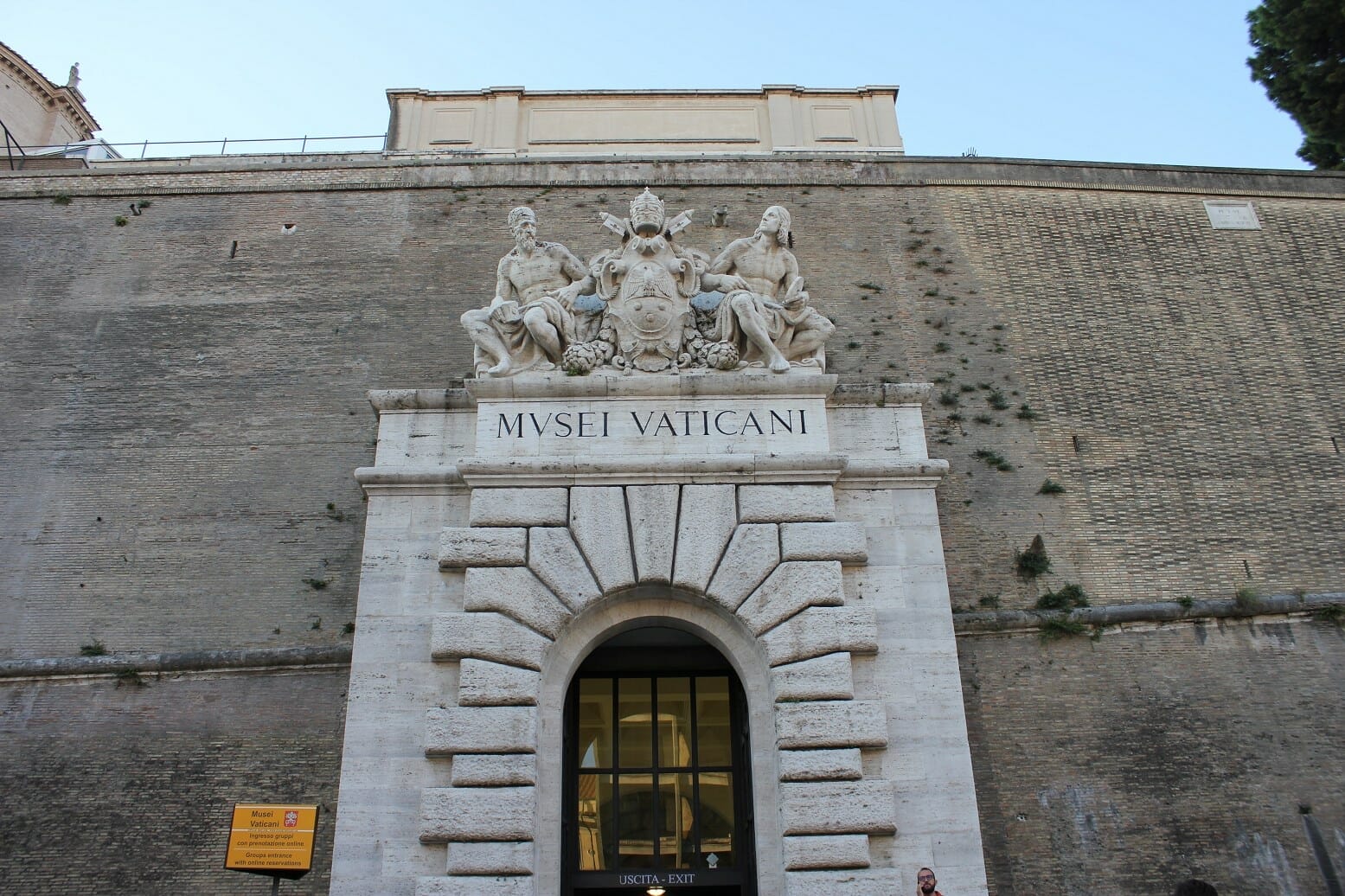
 3 days in Rome Lunch tip
3 days in Rome Lunch tip
Head to Forno Feliziani in Via Candia for the best pizza and other lunch snacks near the Vatican.
Visit St Peter’s Basilica
If you’re part of a guided tour of the Vatican, you can also rely on fast-track entry into St Peter’s Basilica (book here). Holding the tomb of St Peter, or the “Prince of Apostles”, the St Peter’s Basilica was consecrated in 329.
While admission to St Peter’s Basilica tickets is free, tickets are required to visit some of its extraordinary attractions. This includes the vast dome which was designed by Michelangelo in 1547, the Vatican Necropolis, and the sacred caves of the Vatican. You’ll have enough time to visit these, so make the best of this opportunity.
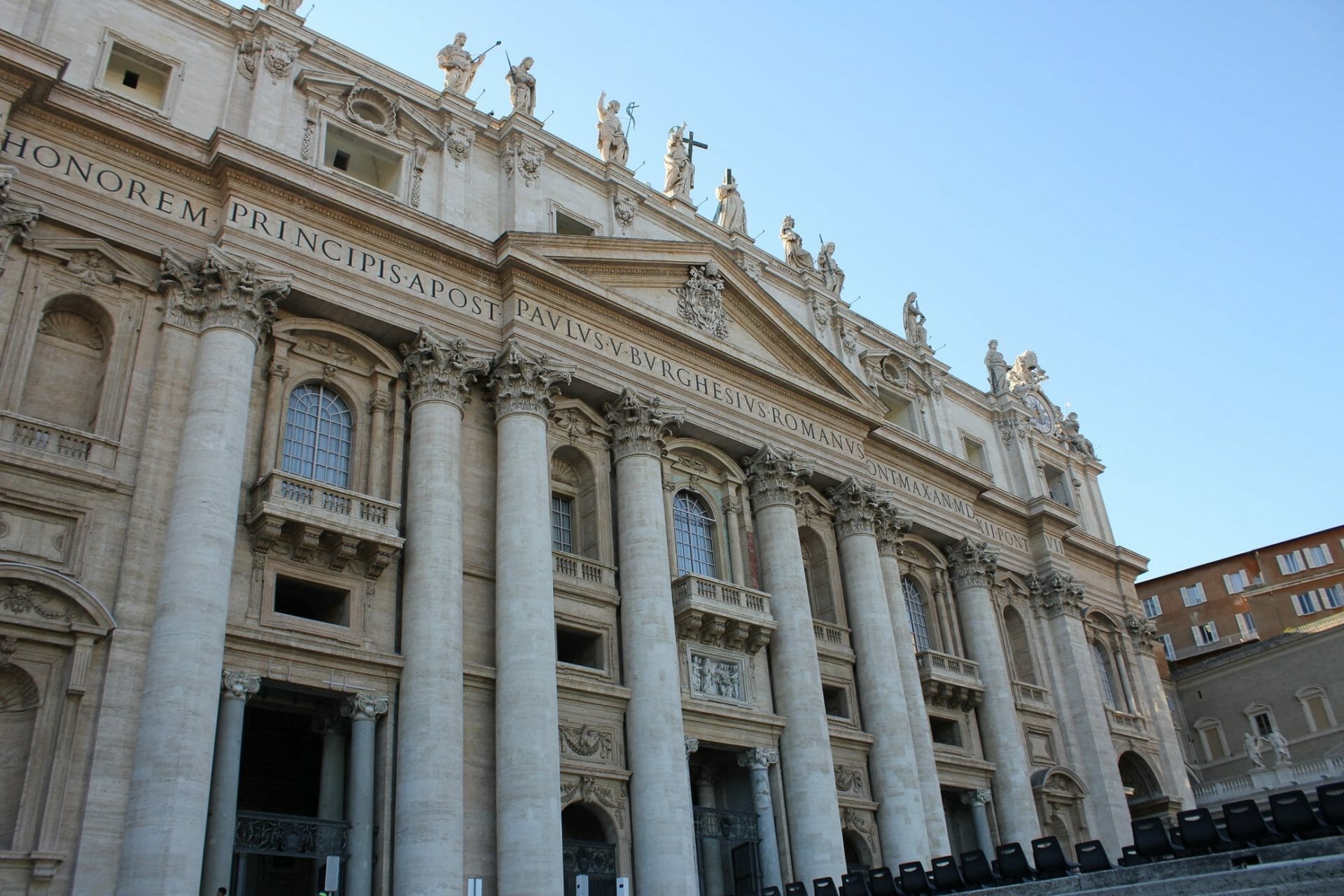
3 days in Rome Bonus attraction – Visit Castel Sant’Angelo
If you managed to get out of bed and start your Vatican tour early, there will also be time to visit Castel Sant’Angelo on day 2. This mausoleum turned fortress is on your way back to the centre of Rome from Vatican City.
The cylindrical fortress/castle on the banks of the Tiber River in Parco Adriano is also known as the Mausoleum of Hadrian. The papal apartments inside are worth a visit. Why not ensure you have enough time to enter after your Vatican visit by pre-booking your Castel Sant’Angelo tickets?
They include fast-track entrance and the unique opportunity to tour the castle rooms and exclusive art exhibitions. You can buy these tickets here.
Tip: End the second of your 3 days in Rome on a highlight by walking over the Ponte Sant’Angelo with a gelato from Gelateria dell’Angelo, or the Angel Bridge, when you leave the castle. Although it has been in existence since Roman times, the angels on the railings were added in the 1600s.
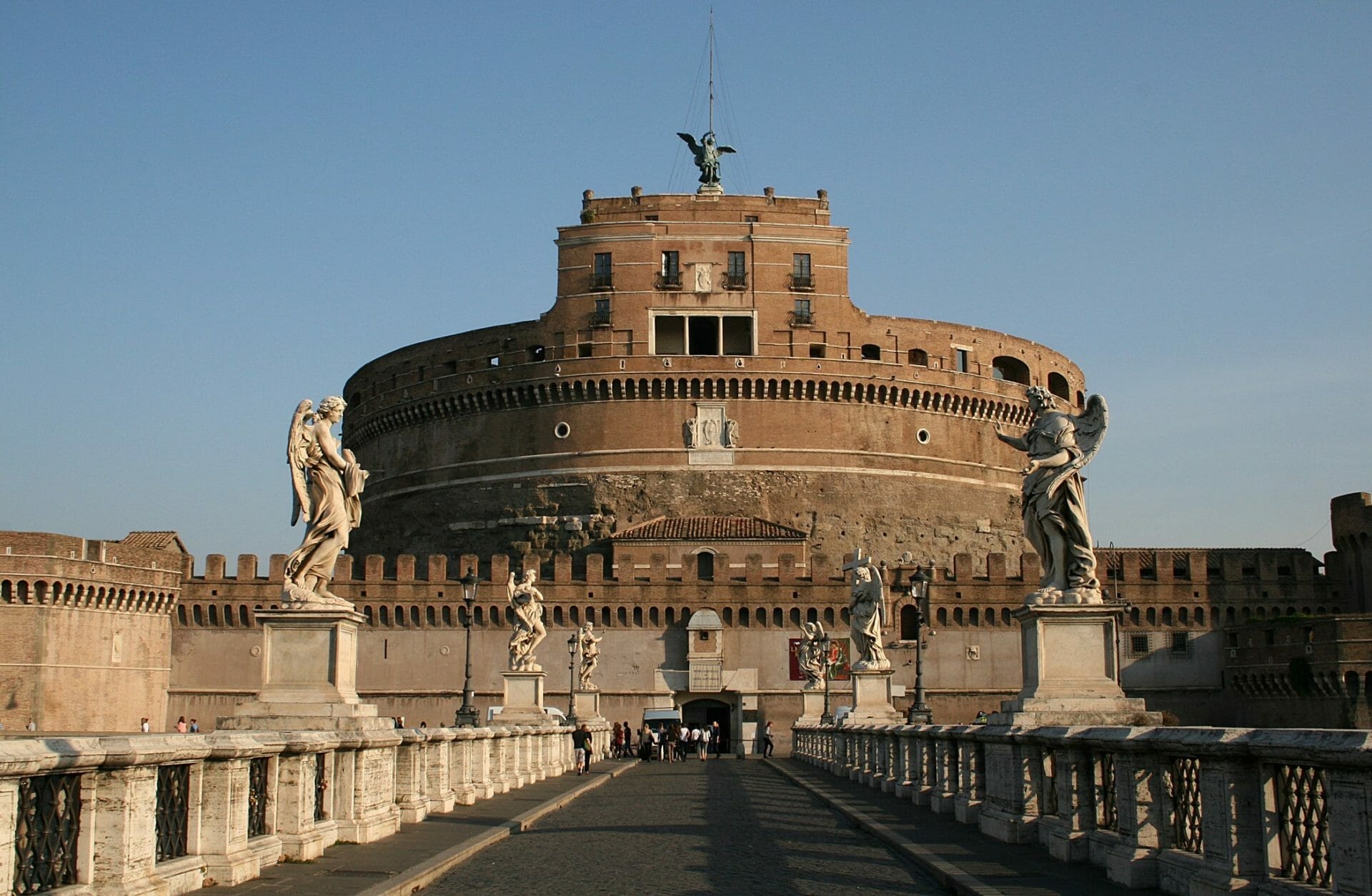
Rome itinerary 3 days : Day three
Just when you thought Rome has nothing left to impress you, the architectural master skills of the ancient Romans await in the form of the Colosseum and the Roman Forum. Discovering ancient Rome is the perfect way to end your 3-day Rome itinerary.
3 days in Rome Visit Colosseum
The Colosseum is Italy’s most visited attraction and you’ll understand why once you stand inside the giant amphitheater. This is where gladiators battled it out in front of up to 80,000 spectators at a time. The Roman Emperors loved hosting all kinds of public spectacles in the Colosseum.
Learning the history and the architectural significance of the 2,000-year old amphitheatre on a guided tour (see price here) is highly recommended. This way you can head straight to the security line on arrival and also see parts of the Colosseum which the holders of ordinary tickets don’t see.
Tip: If you don’t buy your tickets online in advance, you could face waiting in the ticket line for up to 4 hours in the high season. In this case, you should either arrive very early or instead buy your ticket at the nearby Palatine Hill ticket office.
The tickets for the Colosseum, Roman Forum, and Palatine Hill is one combination ticket. Once you have your ticket in hand, you can decide whether what to visit first depending on the lines at the time. If you arrive too late, it may be better to leave the Colosseum for last.
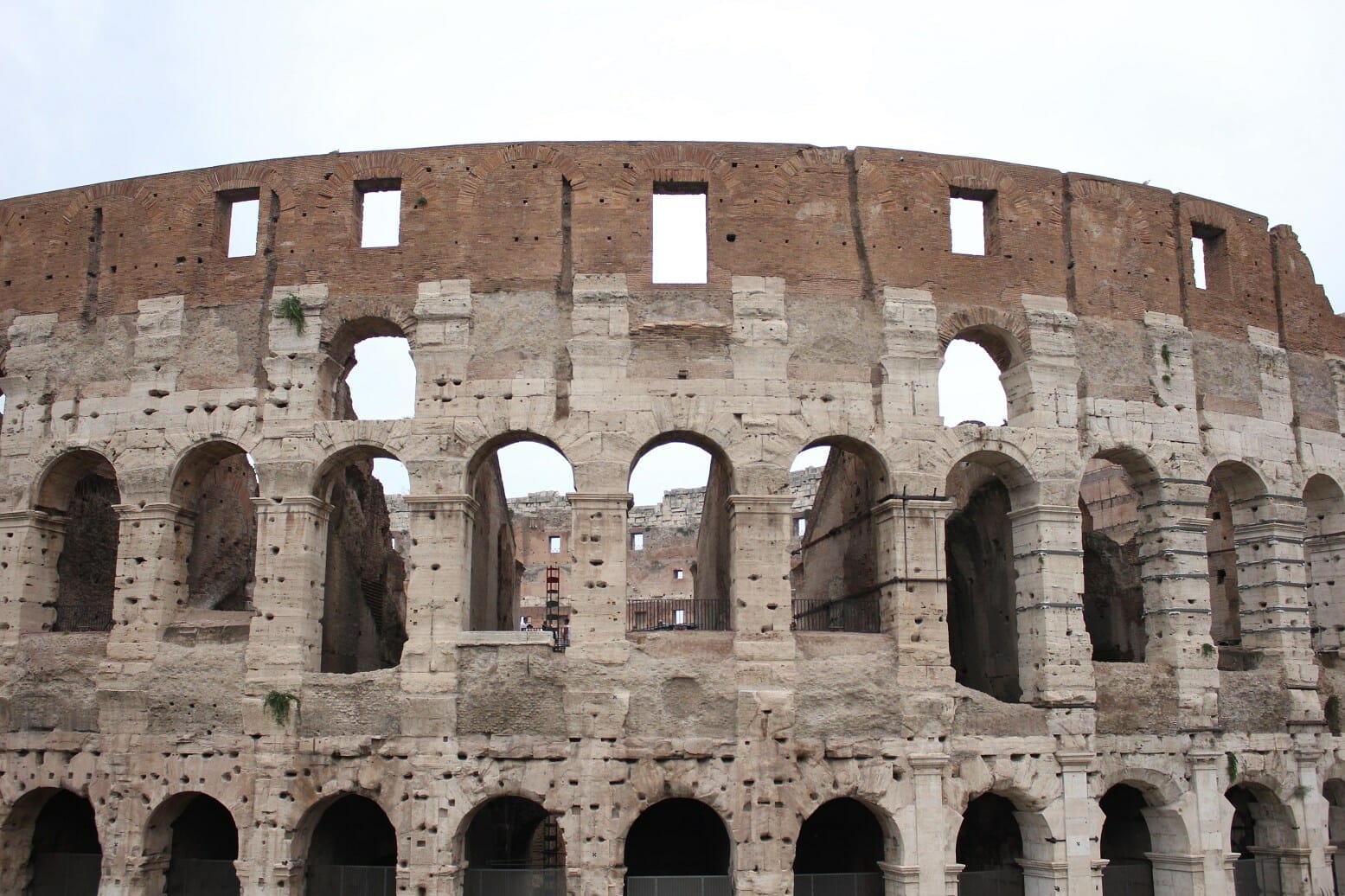
Trattoria Lunch break
Luciano Luzzi Trattoria is only a 5-minute walk from the Colosseum and a great place to stop for lunch before visiting the Roman Forum and Palatine Hill. Their wood-oven pizzas are delicious and they also have a good selection of pasta dishes.
Roman Forum and Palatine Hill
Imagine what it was like to be a Roman in the time of the mighty Roman Empire. This is the heart of ancient Rome and the ruins are a testimony to everyday life at the time. Legend has it that Rome was founded on the Palatine Hill, which was also a popular location for emperors to build their palaces.
Learn more about how to visit the Roman Forum.
Tip: The ticket for the Colosseum, Roman Forum and Palatine Hill is only valid for one calendar day. That’s why it’s important to plan for enough time to explore these attractions. You can certainly prevent the frustration of a last-minute rush or wasting time in lines by buying skip-the-line tickets in advance.

Conclusion to plan your 3 days in Rome Itinerary
This itinerary shows that it’s very possible to see a big chunk of Rome in 3 days. However, you must take into account how busy the Eternal City will be during your visit and plan accordingly.
There are various options for skip-the-line tickets or tours to save you time and even money. You may also want to consider one of the city sightseeing passes, like the Rome Tourist Card, the Roma Pass or the Omnia Card. Learn more on our Rome sightseeing passes comparison or our Roma Pass review here which will help you find the one that suits you!
Fanny is a music and travel lover who has been visiting Rome since 2012. She is the founder and main editor of the Roma Pass blog and she like to share the best things to do in Rome.

Warning: Trying to access array offset on value of type bool in /home/clients/b921aec8ffd0cb17e864dc0d352e6dca/roma-pass.com/wp-content/themes/citytours/inc/functions/template-functions.php on line 1307
Thank you for this guide. It helps me a lot for my vacation with my Aunts and Uncle. So excited to explore Roma now.